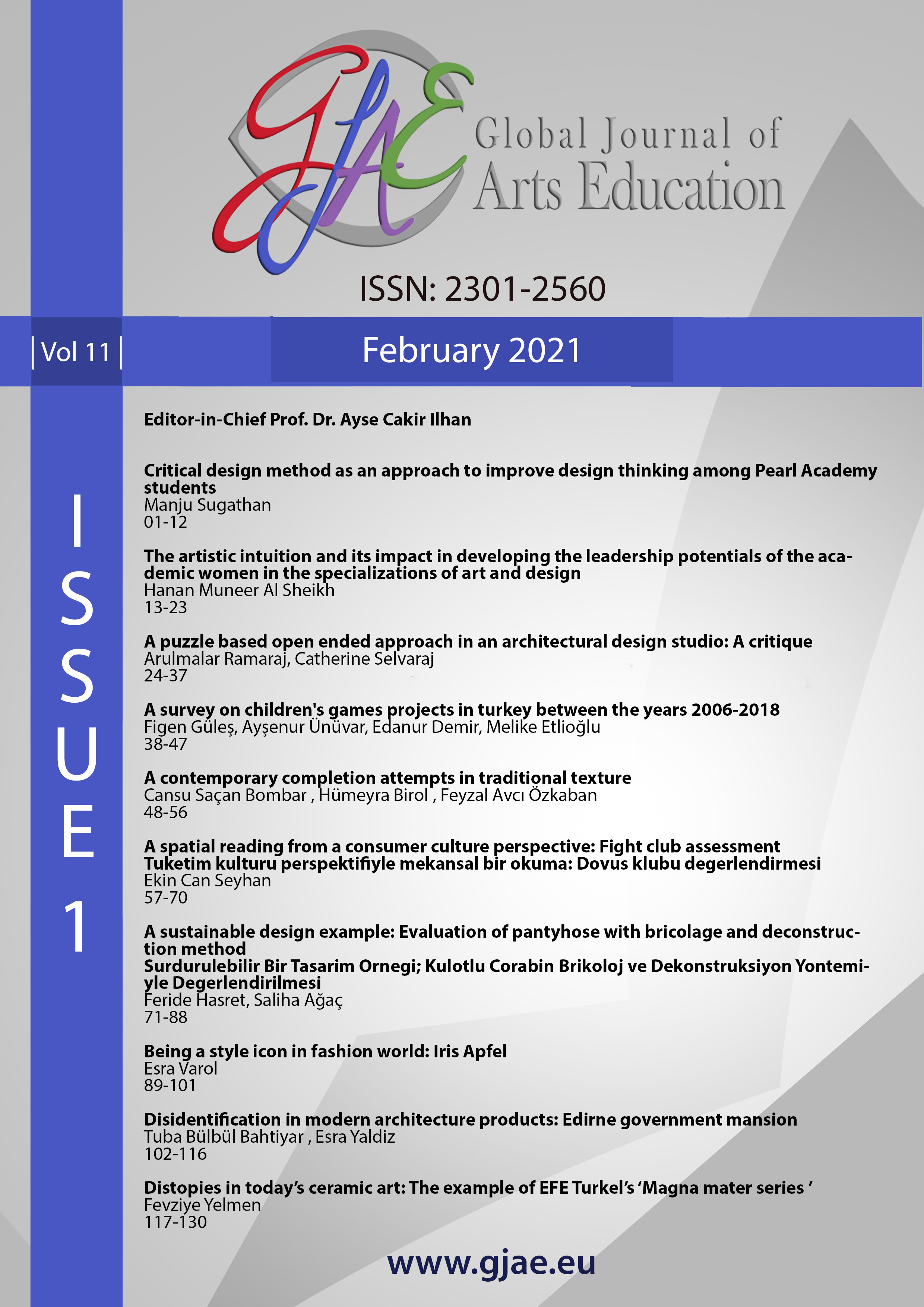Disidentification in modern architecture products: Edirne government mansion
Main Article Content
Abstract
Urban identity, architectural, cultural, economic, political, psychological, emotional, social and so on, contains many concepts. They are all values that differentiate the city from others and add meaning to the city. The buildings that contribute to the unique identity of the cities and have architectural features related to the period in which they were built play an important role in ensuring the cultural continuity of the city and carry the identity of the cities to the next generations. 20th-century modern architecture products, which started with the products of early Modernism in the early 1900s and were produced until the end of the 1980s in Turkey, make a great contribution to the formation of urban memory and the perception of the original identity of the city, as they bear the traces of a certain period. In this context, Edirne Government House, which was produced by a competition in 1964 as one of the representatives of Modern Architecture products, was considered within the scope of the study. The façade renovation that the building has recently undergone, which caused the loss of its original facade character in the historical city centre, has been evaluated according to international legislation. Interventions in the form of changing the original characteristics of an existing building cause the deterioration of urban identity and create problems in the correct perception of the city by negatively affecting the quality of urban life.
Keywords: Edirne Government House, urban identity, de-identification, modern architecture.
Downloads
Article Details

This work is licensed under a Creative Commons Attribution 4.0 International License.
Authors who publish with this journal agree to the following terms:
- Authors retain copyright and grant the journal right of first publication with the work simultaneously licensed under a Creative Commons Attribution License that allows others to share the work with an acknowledgement of the work's authorship and initial publication in this journal.
- Authors are able to enter into separate, additional contractual arrangements for the non-exclusive distribution of the journal's published version of the work (e.g., post it to an institutional repository or publish it in a book), with an acknowledgement of its initial publication in this journal.
- Authors are permitted and encouraged to post their work online (e.g., in institutional repositories or on their website) prior to and during the submission process, as it can lead to productive exchanges, as well as earlier and greater citation of published work (See The Effect of Open Access).

